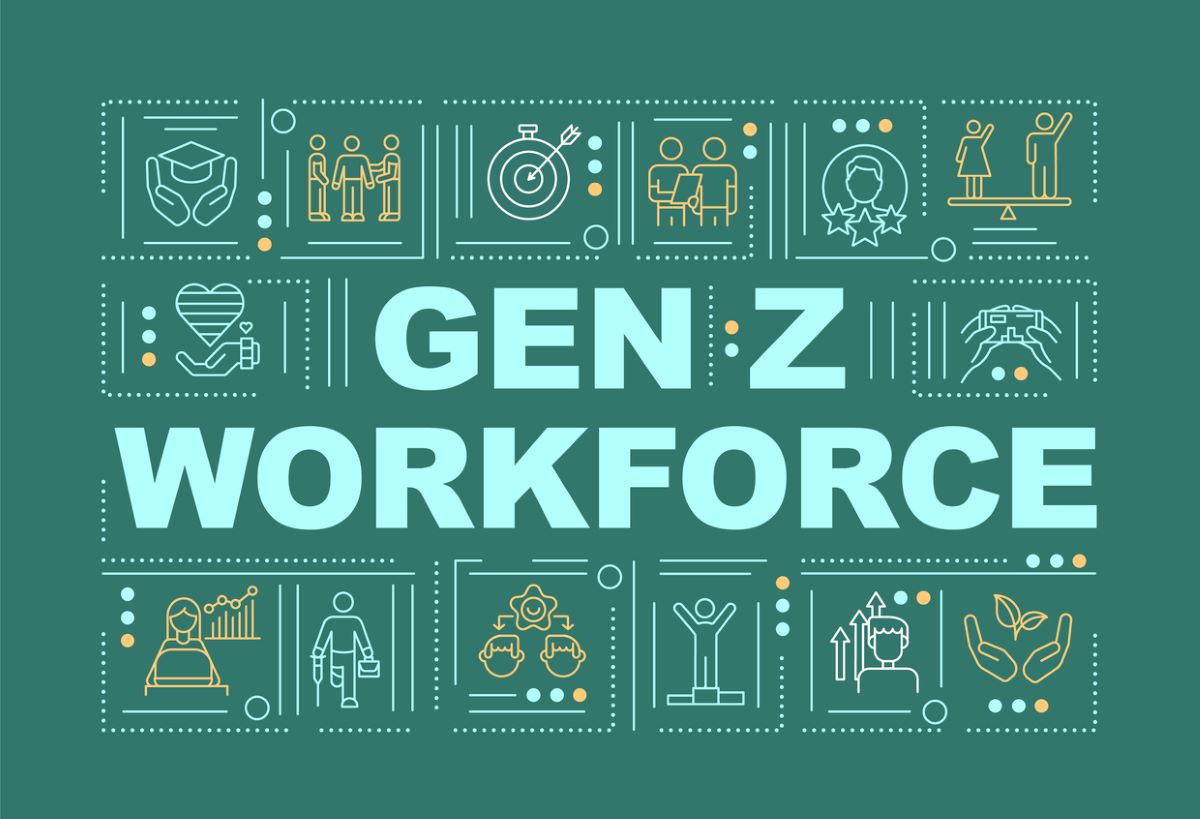How can companies better recruit, retain and engage Generation Z?
Mind these tips to stand a better chance of attracting and keeping mercurial, young talent.

Attracting, retaining, and engaging Generation Z is top of mind for many businesses. Reports indicate this generation will make up over a quarter of the entire United States workforce by 2025.
Similar to when millennials entered the workforce, organizations will have to adjust their talent acquisition and retention approaches to future-proof their businesses.
Here are some ways organizations can adapt when welcoming the newest generation into the workforce.
Put diversity and inclusion first.
Gen Z’s push for diverse, inclusive, and equitable workplaces mirrors the fact that they’re the most diverse generation ever to enter the corporate world.
The Pew Research Center notes that Gen Z represents the country’s changing racial and ethnic makeup as a slight majority (52%) are non-Hispanic whites, which is smaller than the millennials in 2002 (61%). One-in-four of them are Hispanic, 14% are Black, 6% are Asian, and 5% are two or more races.
With such diverse identities, Gen Z will push organizations to foster inclusivity more than before. They do not shy away from taking a public stand on social issues such as racial injustice and expect companies and brands to do the same.
As Gallup reports, diversity, equity, and inclusion are core to their identities, not a “nice to have.”
Embrace supportive leadership and development.
Gen Z values ethical, servant leadership that supports them and helps them develop their skills now and into the future.
Leading through empowerment allows Gen Z to flourish and develop their skill sets while building trust along the way. By doing so, organizations prepare Gen Z for success, and they also create a culture of learning that can benefit the overall organization.
Improve hybrid and remote working environments.
Though Gen Zers are known as the first true digital natives who are at home with remote work, some argue the lack of traditional, in-person office settings may have had an adverse impact on their development.
A recent study by Skynova found 61% of remote Gen Z workers find it challenging to make friends, and 39% have trouble finding a mentor and networking with other professionals. Nearly a quarter struggle to learn new skills.
These findings were further backed up by the Society for Human Resource Management. Their report found that Gen Z was hit hardest by the pandemic, including suffering from the highest levels of burnout from remote work environments.
Organizations must understand that although Gen Z is well-versed with technology, that doesn’t necessarily mean they are thriving in a fully remote world. Ensuring that they develop and thrive will require hybrid work styles.
Keep workplaces meaningful, engaging, and balanced.
Besides a preference toward hybrid work over fully remote, Gen Z also values meaningful, engaging work at organizations that prioritize work-life balance.
A recent report from Zety found that a whopping 71% of Gen Z would take a pay cut to obtain a meaningful role. The report also found that 50% would leave their jobs because of poor work-life balance, and 47% would leave if their workplaces were toxic.
Again, these issues are defined by leadership and rooted in corporate culture. Organizations that succeed in acquiring Gen Z talent will have to evolve to meet these needs. The good news is that many other generations also value meaningful and balanced work.
Key takeaway
To attract and retain Gen Z employees as they enter the workforce, organizations need to understand their wants and needs.
Many of these needs are already a priority for future-thinking companies, such as improving DEI initiatives and establishing cultures of work-life balance while navigating a remote world. Others are still evolving, such as understanding the impact of the pandemic on this cohort of workers and implementing development programs that set them up for success.
Neil Khaund is president of The National Society of Leadership and Success.






